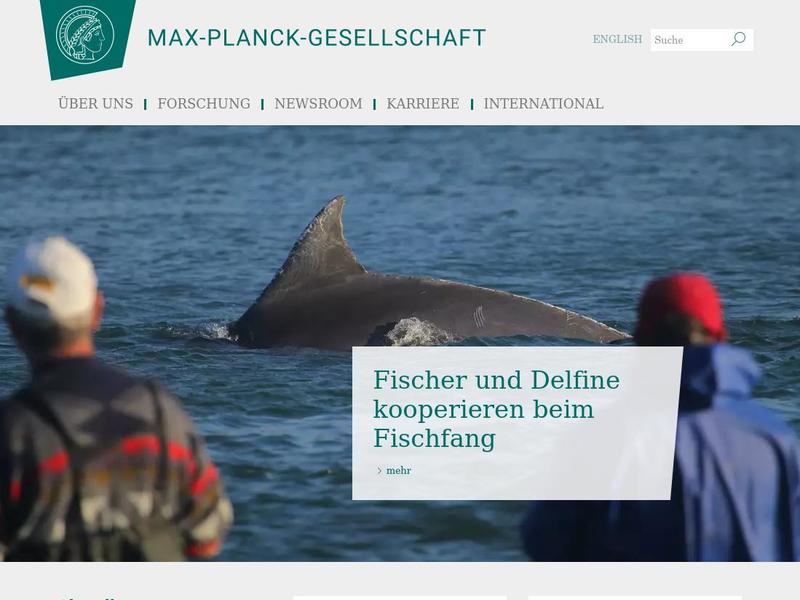Weltweit erste Videoaufnahme eines Raum-Zeit-Kristalls gelungen https://www.mpg.de/16399781/weltweit-erste-videoaufnahme-eines-raum-zeit-kristalls-gelungen
Einem Forschungsteam ist der Versuch gelungen, bei Raumtemperatur einen Mikrometer großen Raum-Zeit-Kristall aus Magnonen entstehen zu lassen. Mithilfe eines Rasterröntgenmikroskops an BESSY II konnten sie die periodische Magnetisierungsstruktur sogar filmen. Das Forschungsprojekt „Real space observation of magnon interaction with driven space-time crystals“ wurde in den Physical Review Letters veröffentlicht.
klein und bildeten sich nur bei sehr kalten Temperaturen von unter minus 250 Grad Celsius

